Google Shopping Feed: Specs, Requirements, and Optimization Tips
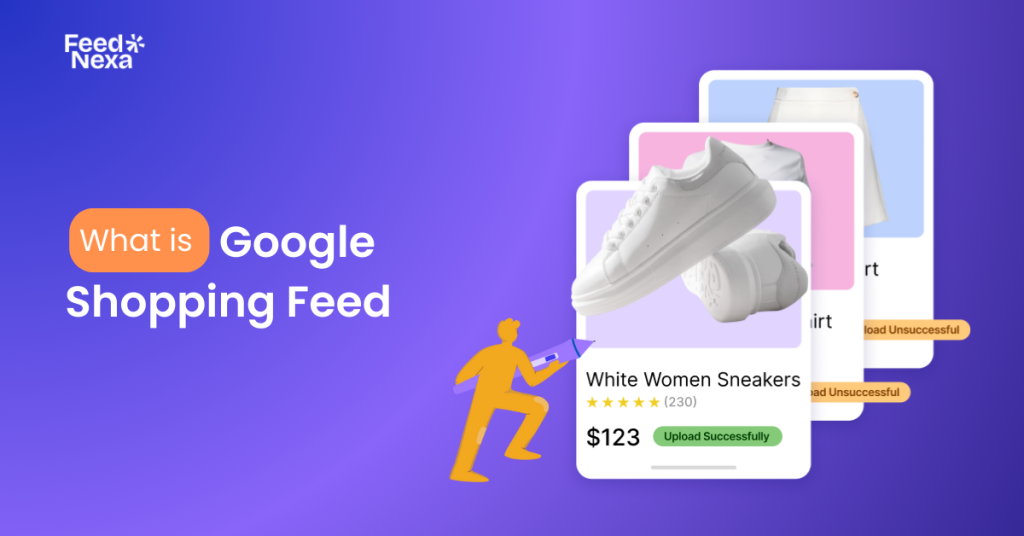
Struggling to create a Google Shopping Feed that works? It can be really troubling trying to set everything up appropriately just to have your products shown to customers. This tutorial will take you through what a Google Shopping Feed is, how it works, and all the steps to set up and optimize one for successful conversion.
What is Google Shopping Feed?
Google Shopping Feed is a file or data set that contains detailed information about the products you want to advertise through Google Shopping.
It is used by Google Merchant Center to display your products on Google Search results, Google Shopping, and other Google properties.
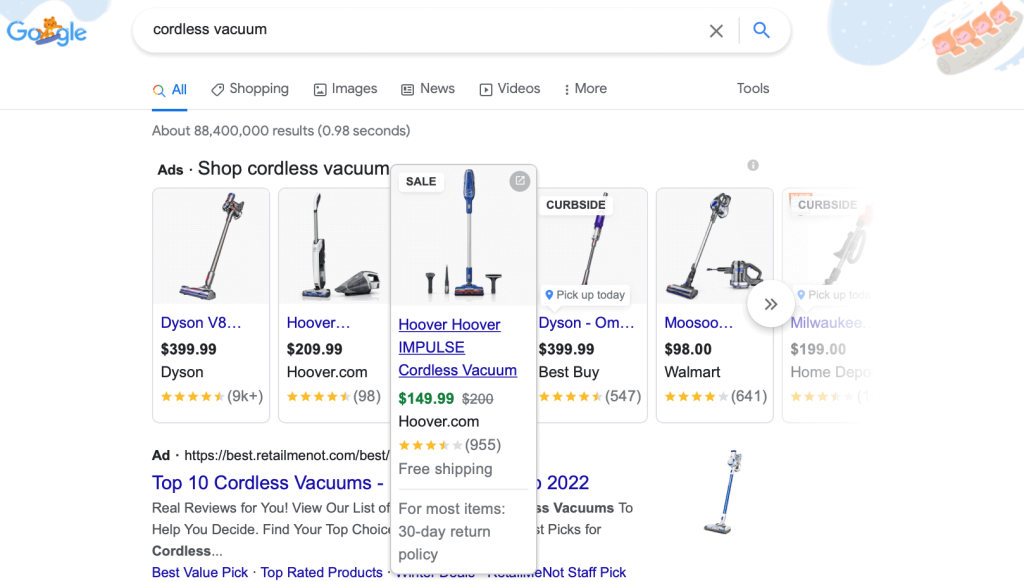
6 Google Shopping Feed Types
Merchants use Google Shopping to showcase products, attract quality traffic, and boost sales. Beyond the main Shopping feed, there are other feed types tailored to different needs. Let’s explore them.
1. Google Merchant Center Feed
This feed provides essential product data like titles, descriptions, prices, images, and availability to Google Merchant Center. It is required for creating Google Shopping ads and free product listings. Supported formats include CSV, TSV, XML, or API.
2. Dynamic Remarketing Feed
Used for personalized ads targeting users who interacted with your site. The feed includes product details like id, title, price, and image_link, enabling Google to show ads for specific products. Formats: CSV, TSV, or API.
3. Google Local Inventory Ads Feed
This feed supports local shopping ads by sharing in-store product details, including price, availability, and store location. It helps attract nearby customers to your physical stores. Supported formats are CSV, TSV, and XML.
4. Google Promotions Feed
This feed highlights special deals and discounts in shopping ads. It includes attributes like promotion_id, offer_type, and product applicability. Formats supported: CSV, TSV, and Google Sheets.
5. Product Ratings Feed
This feed shares customer ratings and reviews for your products to enhance shopping ads. It includes product IDs, review text, and ratings. Supported formats are XML or CSV.
6. Google Manufacturer Center Feed
Used by manufacturers to share accurate and detailed product information like specifications, descriptions, and images. It ensures consistent branding across Google Shopping. Formats supported: CSV, TSV, or API.
Key Components of a Google Shopping Feed
This is a shopping feed provided by Google and it typically gives structured data about your products encoded either in XML, CSV, or Google Sheets. The most formats mostly used in Google Shopping Feed are mentioned below:
- Product Id: This serves as unique identification given to each product.
- Product Title: The name of your product that shall display as a search result.
- Description: Gives the product features or the product benefits through a vivid description or bulky write-up.
- Image Link: URL to the High Definition image of the product itself.
- Price: The price of the product contains the currency as well.
- Availability: The availability status as in “in stock,” “out of stock,” etc..
- Brand: Brand name of the product.
- GTIN or MPN: Basically refers to Global Trade Item Number (like a barcode) or MFR Part Number.
- Category: Category of the product itself according to Google’s taxonomy.
- Shipping Information: All the details regarding shipping costs and delivery times.
Benefits of Google Shopping Ads
Boosted Product Visibility
Google Shopping Feed makes it possible for your products to appear most frequently on Google Search and Shopping results. This innovative method is so different from the traditional text ad and allows the display of different elements such as product image, price, and title. The more the place is enhanced and the better the visual appearance, the better you stand a chance of attracting those searching for your kind of product.
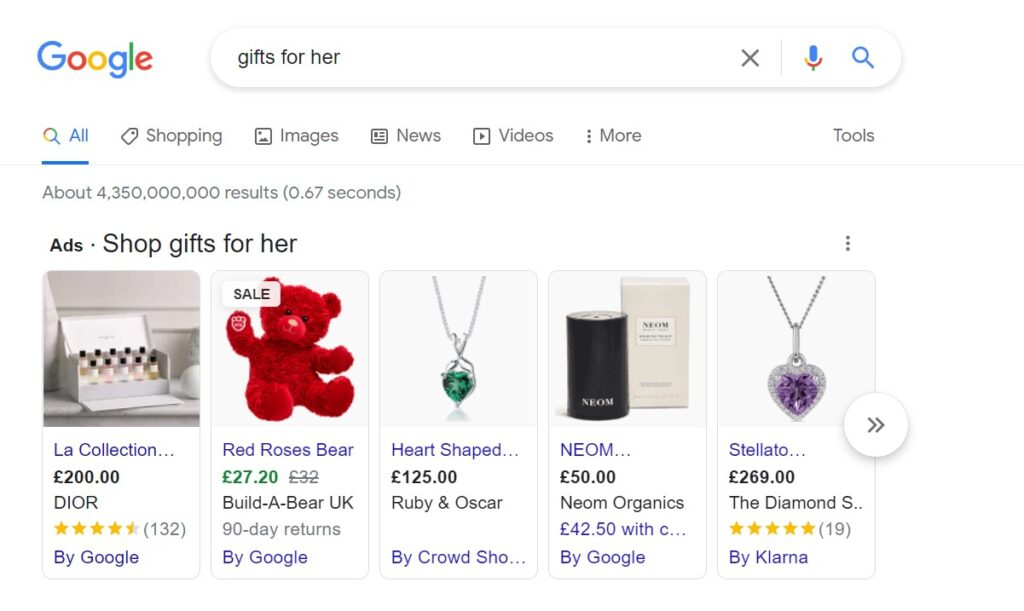
Higher Quality Leads
Perhaps one of the best advantages of having a Google Shopping Feed today is its targeting of shoppers with very high purchase intent. By including all those essential elements of product detail-displaying images, prices, and availability-the advertisement makes sure the prospective buyer is well informed before even clicking the ads. The result is higher quality leads that contribute to a better ROI on your campaigns.
Automation and Real-Time Updates
With Google Shopping Feed, managing large inventories that have constant price fluctuations, availability checks, new items, and more become a lot easier. The feed updates itself in real-time, ensuring all your advertisements are continually accurate and compliant. It eliminates human causes of errors, saves a great deal of time, and is practical for businesses with dynamic inventories as well.
In addition, it keeps customers feeling assured that they’re seeing the latest information at all times.
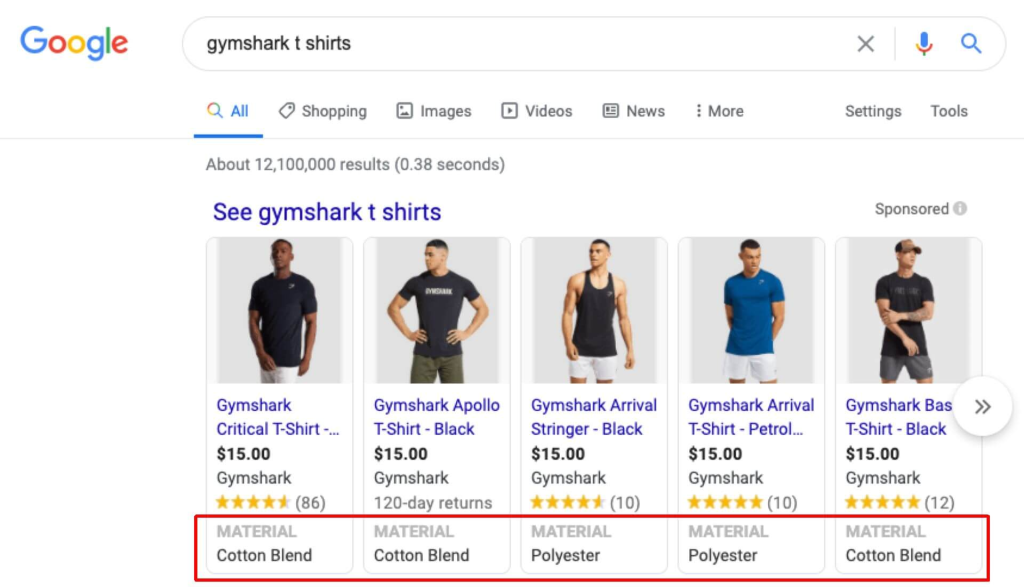
How to Create a Google Shopping Feed
Step 1: Set Up Google Merchant Center
- Create a Merchant Center account.
- Verify and claim your website using HTML file, meta tag, GTM, or Google Analytics.
Step 2: Choose Your Feed Format
Select a format that fits your needs: Google Sheets, file upload (CSV, TXT, XML), or API for automation.
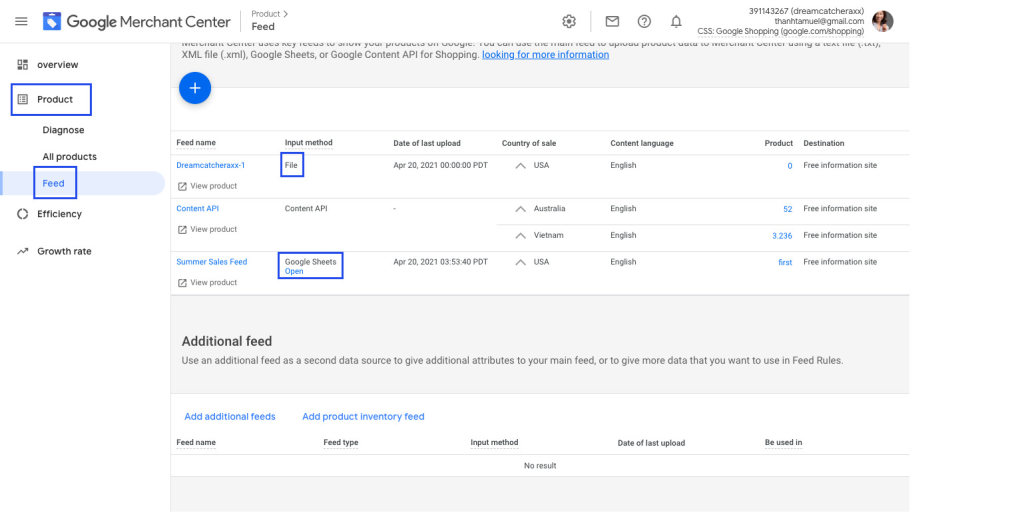
Step 3: Prepare Product Data
Include key details like ID, title, description, image link, price, availability, category, and product identifiers (GTIN/MPN).
Step 4: Generate and Upload Feed
- Format data using Google’s templates or export directly from your platform (e.g., Shopify).
- Upload the feed to Merchant Center under “Products” > “Feeds.”
Step 5: Link to Google Ads
Link your Merchant Center and Google Ads accounts to create Shopping campaigns.
Step 6: Test and Submit
Use diagnostics to fix errors. Once approved, your feed will be ready for ads.
Google Shopping Feed Specs & Requirements
1. Titles and Descriptions (Required)
Keep titles under 150 characters and descriptions concise. Include keywords and product details like brand, size, and color.
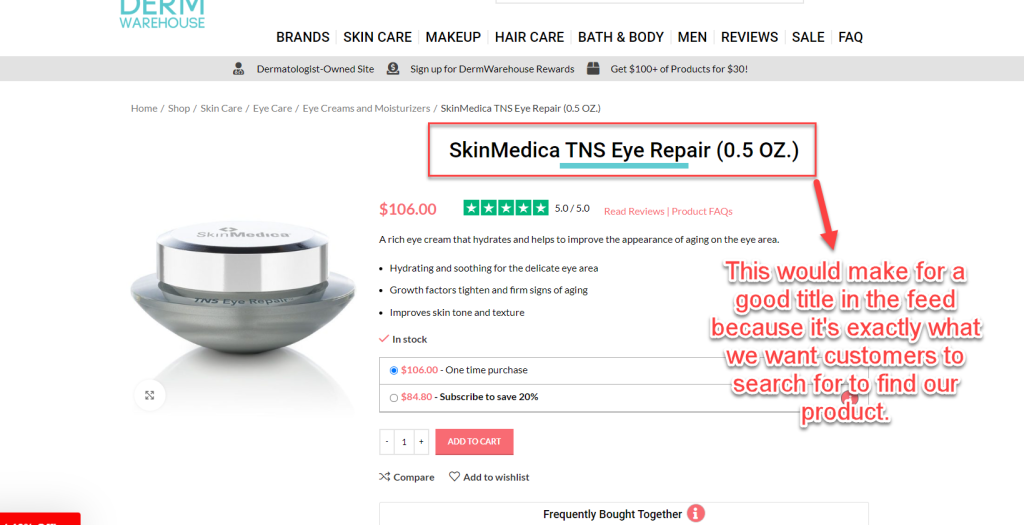
2. Images (Required)
Use high-quality images (min 100×100 pixels) on a white background. Avoid watermarks or placeholder images.
3. Pricing and Availability (Required)
Ensure prices match your landing page. Sync inventory for accurate stock status: In stock, out of stock, or preorder.
4. Product Identifiers (Optional but Recommended)
Provide GTIN, MPN, or brand to help Google categorize your products accurately.
5. Tax and Shipping (Required)
Include tax rates and shipping costs. Specify delivery regions and offer clear conditions (e.g., free shipping).
6. Categories and Labels (Optional)
Use Google’s predefined categories and custom labels to group and highlight products for bidding and reporting.
How to Optimize Google Shopping Feed?
1. Use Specialized Optimization Apps
Uploading products manually to Google Merchant Center (GMC) is time-consuming and error-prone, specifically when dealing with extensive catalogs or voluminous accounts. The FeedNexa Google Shopping Feed app avoids the use of any code. Just click “Sync”, and everything between your Shopify store and GMC is synced within 5 minutes, fully compliant with Google’s requirements. It’s fast, accurate, and hassle-free.
It can also be used for syncing inventory, optimizing product titles, adding custom labels, and keeping data consistent across platforms, all without manually doing everything. Saves time, and you can certainly use this in scaling up your business.
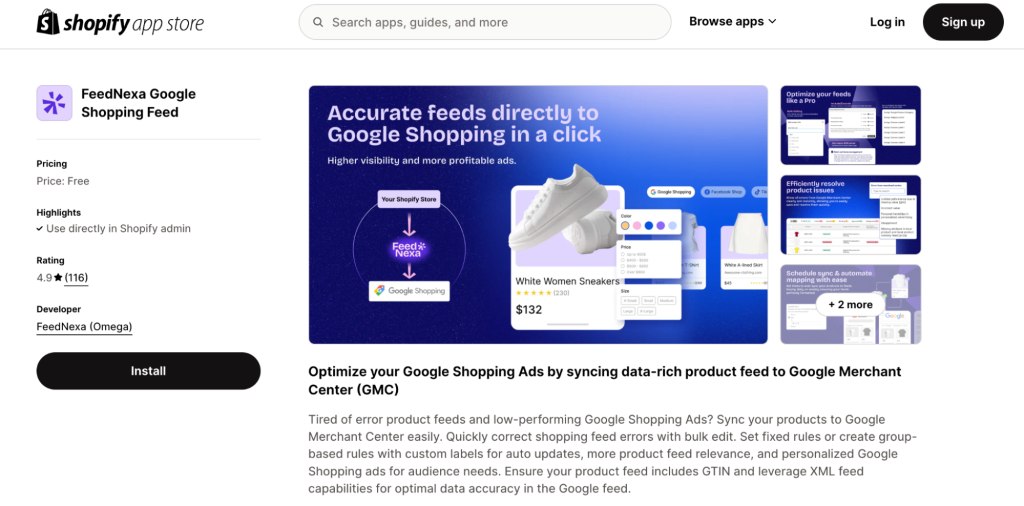
2. Bring Current and Up-to-Date Product-Information
The refusal of feed has a significant reputation drawback on the part of the advertisers. Accurate product data is crucial to winning trust from customers as well as to avoiding feed rejection. Ensure the match between price, availability, and some other important attributes in your feed and your website.
These updates, when it comes to stock levels and prices, can even include real real-time sync tools where people can update the information promptly in the feed. If the information seen in your ads relates to what is in your website, a purchaser is most likely influenced to still be one.
3. Use Quality Images
High-quality images really catch the attention of shoppers and increase each click. Images should comply with Google’s standards: no less than a minimum height and width of 100 pixels high and 100 pixels wide; for apparel, 250 pixels wide and long; no textures, watermarks, or legible logos.
Include different angles or close-ups to highlight details in items such as clothing or furniture. Very clear, professional photographs can work wonders on how potential customers perceive your products.
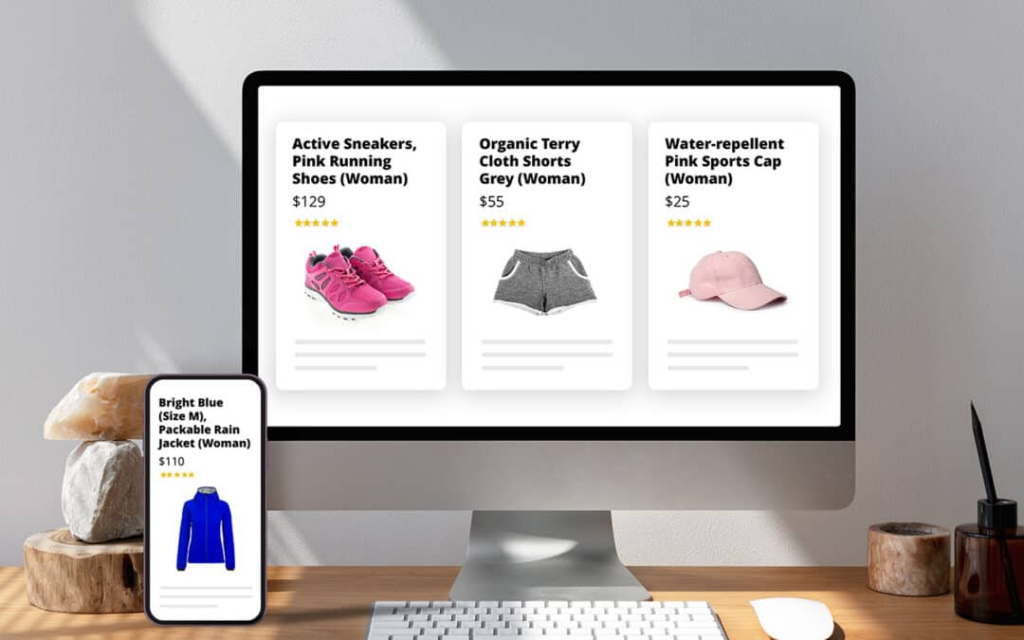
4. Use Custom Label
By these custom labels, you can separate your products into more selective advertisement campaigns. For example: “Holiday Specials” for seasonal items, “Best Sellers” to highlight items that are doing very well, or “Clearance” for clearance items.
This will help you modify your bids, put high-priority websites, and analyze performance more precisely. This means less money wasted on advertising, as it puts it where it works the best-through specific product groups.
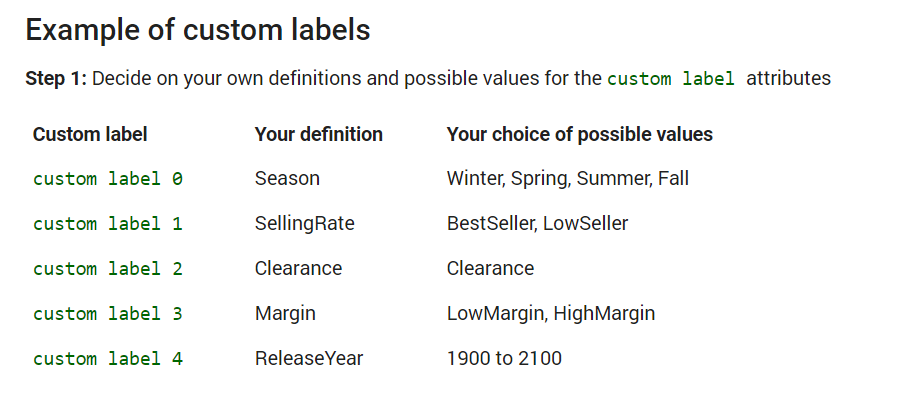
Conclusion
An optimized Google Shopping Feed ensures your products reach the right audience, drive better results, and stay competitive. Focus on accurate data, quality images, and regular updates to maximize performance. I hope these tips help you create a feed that boosts your business growth.